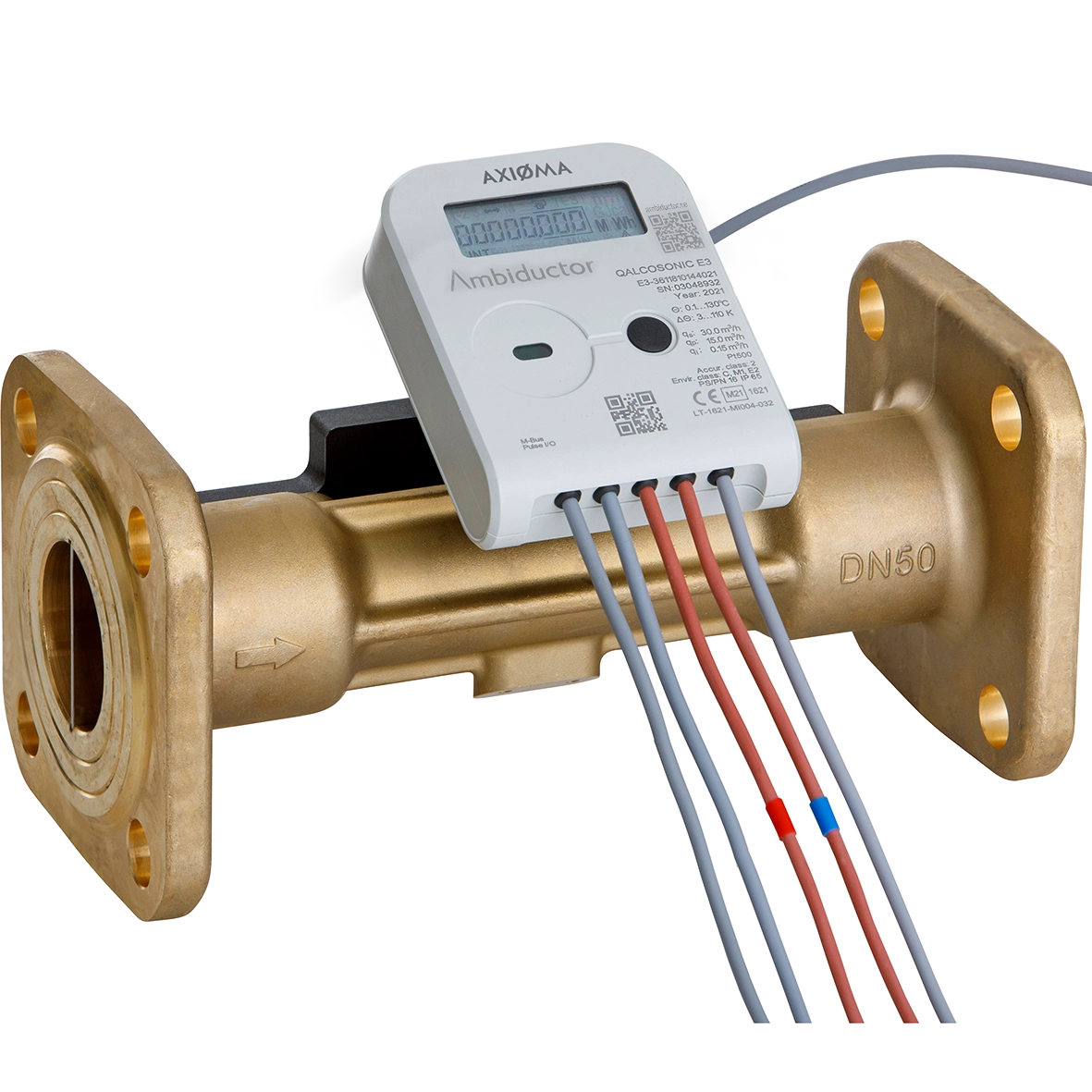
Cooling Consumption
Measuring cooling consumption in buildings means measuring how much cooling energy is used to cool different spaces, or in buildings with specific temperature requirements. Cooling measurement is done to keep control over energy consumption for cooling, optimize costs, and ensure a good indoor climate. With the help of cooling meters, one can monitor how much cooling energy is consumed and identify opportunities to streamline operations.
Examples of Cooling Measurement in Buildings
Office Buildings. In office buildings, cooling measurement is used to keep track of how much cooling is needed to create a comfortable climate for employees. The measurement can be done per floor or department, allowing for adjustments in cooling based on need and reducing energy consumption when fewer people are present, for example, in the evenings or during summer months.
Shopping Centers and Stores. In shopping centers and stores, it is common to use cooling to keep the premises cool for both customers and staff. Cooling measurement helps property owners see how much cooling energy is used at different times of the day, facilitating a demand-based and cost-effective operation. This makes it possible to reduce cooling during times with few visitors.
Hospitals and Laboratories. Hospitals and laboratories often have high demands for temperature regulation, and cooling measurement helps ensure that the temperature is maintained within specific ranges for sensitive areas, such as operating rooms and laboratories. By monitoring cooling consumption, one can optimize the cooling system, which can be crucial for ensuring patient safety and quality in research environments.
Residential Properties with Comfort Cooling. In some modern residential buildings, comfort cooling is installed to provide cooler indoor temperatures during warm periods. Cooling measurement can then be used to measure the actual cooling consumption per apartment or floor. With individual meters, residents can be charged for their own consumption, encouraging responsible energy use.
Data Centers. In data centers, where large amounts of electronic equipment generate heat, cooling is necessary to prevent overheating of servers. Through cooling measurement, operations managers can monitor and optimize cooling systems to maintain a stable temperature, which is crucial to avoid downtime and ensure the performance and lifespan of the equipment.
Hotels. Hotels often use cooling measurement to keep rooms and common areas cool. By monitoring consumption, hotels can reduce cooling in unused rooms and optimize cooling operations in areas that are used the most, such as lobbies and restaurant areas, leading to cost savings and a comfortable indoor climate.
How is Cooling Measurement Performed?
Cooling consumption is usually performed with the help of cooling meters placed on the piping of the cooling system. The measurement is done with temperature sensors and flow measurement. Cooling meters use temperature sensors to measure the temperature of the incoming and outgoing water in the cooling system, as well as flow meters to record the amount of circulating water. By measuring the temperature difference and flow, one can calculate the cooling effect in kilowatts (kW) and cooling consumption in kilowatt-hours (kWh).
Sub-meters for Zones and Units. In buildings with high cooling needs, such as office buildings and data centers, sub-meters are often installed that can measure cooling consumption in specific zones or for specific equipment. This provides detailed information that facilitates optimization and efficient operation.
Enkey's Solution for Cooling Measurement
Enkey's cooling energy meter connects wirelessly to Enkey Building Insight®, allowing for real-time readings of cooling effect and temperatures as well as cooling consumption. This is cost-effective and facilitates analysis and optimization, as measurement data is collected and visualized automatically.